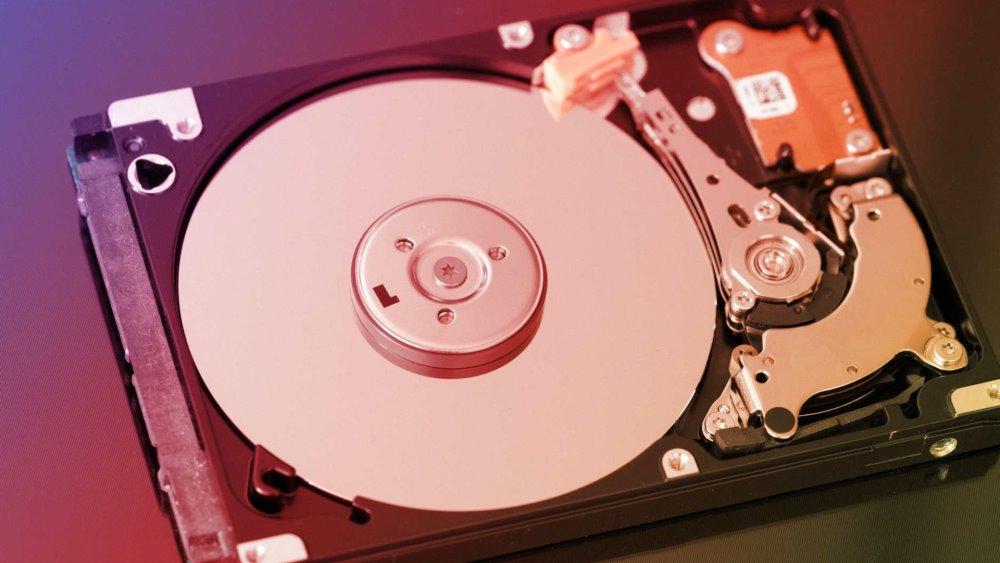Although these are units of measurement that we use very regularly, many users are still unaware that the Megabit (Mb) is different in quantity Megabyte (MB). Both units of measurement are used for data, but the use and purpose of each is different. For this reason we will explain when they are used.
But before we get into flour, we need to know the difference between little (b) y byte (B). Bit (b) is the minimum unit of information which is represented by “0” or “1”, which ultimately is the basic language of computers. A byte (B) is a unit of measurement that represents 8 bits. It is used for the representation of storage capacity or memory of a device.
When is each unit of measurement used?
Well, we clearly know what the basic measurement units are, but for very different purposes. Now we have to distinguish when using megabit (MB) and megabyte (MB).
The megabyte (MB) measures the size
What is interesting is that this unit of measurement has different uses. The Megabyte (MB) is used to describe the file sizethe unit size of storage and for him data volume that we can download
We will explain each of these cases:
- File size: Files on a computer, smartphone, etc. are usually expressed in MB. A photo of any smartphone, for example, usually weighs between 2 and 6 MB
- Storage capacity: Currently, it is difficult to find a hard drive or memory card with a megabyte (MB) capacity, as they are usually in the gigabyte (GB) or terabyte (TB) range. Anyway, this serves to give us a maximum capacity value
- Mobile internet rates: Interestingly, the mobile Internet connection is measured by the maximum size of data downloaded and not by the speed of the connection. Currently, speeds are generally several tens of gigabytes (GB) of downloaded data.
Megabits (Mb) measure speed
Although the term is very similar in both name and abbreviation, what they indicate is something else. The Megabits (MB) serve to describe bandwidth and speed. It is usually expressed in Megabits per second (Mbps | Mb/s). This phenomenon is similar to light years, which do not measure speed, but time.
The Megabits (Mb) value is used in the following cases:
- Internet connection speed: Express it bandwidth who can give us Internet connection. Currently, for fiber optic connections we speak of several hundred Megabits per second (Mbps | Mb/s) and this is even expressed in Gigabits per second (Gbps | Gb/s)
- Communication bus: Those are the existing connections between the different components from a computer. Some of these examples are USB ports, Thunderbolt ports or PCIe 4.0 interface. It has been expressed in Mbps for many years, it is already expressed in Gbps. For example, the PCIe 4.0 x16 interface offers a bandwidth greater than 36 Gb/s (be careful not to confuse it with Gigatransfer which is a different value)
Please note that 1 TB is not 1000 GB
A fairly common mistake is to think that when we talk about units in bytes, the ratio is 1000. This confusion is quite common and leads us to make mistakes, especially on the capacity of hard drives. The correct relationship is:
| Unit of measure | Symbol | Equivalence in bytes |
|---|---|---|
| Byte | B | 8 bit |
| kilobytes | KB | 1024 bytes |
| Megabyte | MB | 1024 KB |
| gigabyte | GB | 1024 MB |
| Terabyte | TB | 1024 GB |
| petabytes | PB | 1024 TB |
| Exabyte | BE | 1024 Po |
| Zettabyte | ZB | 1024EB |
| Yotta exchange | IN | 1024 BZ |
| Brontobyte | BB | 1024 YEAR |
Something normal when you buy ato the storage unit (no matter SSD, HDD or any other) is that the marked capacity is not the same as that shown by Windows. If our SSD is 1TBreally the Windows will detect that it is 931.32 GB. How is it possible? The mathematical explanation is as follows:
- It is understood that 1 TB is actually 1,000,000,000,000 bytes
- We need to divide by 1024 and that will give us 987,562,500 KB
- Now we divide the 987,562,500 KB by 1024 and that will give us 953,674.3 MB
- Finally, we must divide this 953,674.3 MB by 1024 and thus we will obtain the 931.32 GB indicated by Windows
The trick is that the capacity is given in decimal (base 10), whereas Windows reads it in binary (base 2), hence the difference.
Table of Contents









